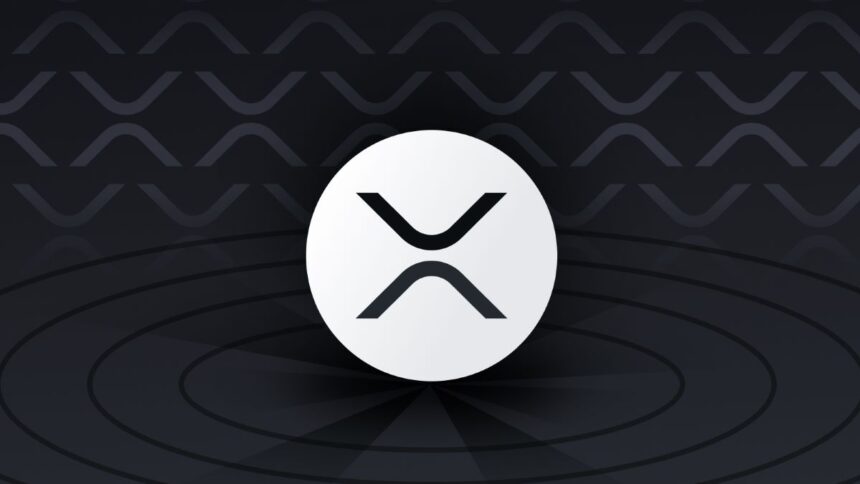
- XLS-56 amendment enables bundling of up to 8 transactions, enhancing synchronization and control for complex operations on the XRP Ledger.
- Despite recent disruptions, XRP Ledger sees continued growth with increased AMM swap volumes and wallet creation, supporting DeFi expansion.
The XRP Ledger (XRPL) has introduced the XLS-56 amendment, which aims to enhance transaction bundling and synchronization. This new feature will allow users to bundle up to eight transactions into a single operation, offering higher control over transactions’ execution.
This improvement represents a major upgrade over previous limitations for users needing to ensure that multiple related transactions are completed together. At a time when the network is experiencing growth, as reported by CNF, XLS-56 has come to the forefront as a solution designed to streamline operations and improve user experience.
Before the implementation of XLS-56, users attempting to execute multiple transactions on the XRP Ledger had to hope that each transaction would go through successfully.
In many cases, users had no guarantee that all connected transactions would be processed at one time, creating possible risks for failure. With the new amendment, however, users can bundle multiple transactions into one cohesive operation, ensuring that all related actions are executed in perfect synchronization.
The #XRP Ledger XLS-56 amendment is a big deal – with this amendment, users can bundle multiple transactions together – all moving in perfect sync – let's break it down…
1/12— Max Avery (@realMaxAvery) February 11, 2025
XLS-56 introduces several operational modes that provide flexibility in handling bundled transactions. The first mode, All or Nothing, ensures that either all transactions in the bundle are successful or none are. This will be useful when all components of a transaction need to be completed simultaneously, such as in complex business operations or payment processing.
The second mode, Only One, guarantees the bundle stops processing after the first successful transaction. This mode is ideal for users who want to test multiple options and proceed with the first successful one, such as when different payment methods are tried.
Another mode, Until Failure, will process transactions until one fails. This feature is valuable for step-by-step processes where users need each transaction to succeed before moving to the next. Finally, the independent mode processes each transaction in the bundle independently, regardless of the status of other transactions.
The XRP Ledger limits the number of transactions in a bundle to eight, ensuring that the network remains fast and efficient even as users use the platform more complexly. This restriction prevents the network from becoming overloaded while providing the necessary tools for more intricate financial operations.
The Recent Network Outage
As noted by CNF, on February 5, 2025, the XRP Ledger experienced an unexpected disruption, halting transaction validation for about an hour. This issue raised concerns over the network’s stability. Ripple’s Chief Technology Officer, David Schwartz, acknowledged the disruption but noted that the cause of the problem was still under investigation.
The XRP Ledger has resumed forward progress — the @RippleXDev team is investigating the root cause and will provide updates as soon as possible. Reminder: your funds were always safe! https://t.co/6cZWaoDhxs
— RippleX (@RippleXDev) February 4, 2025
Early indications suggested that validators might have intentionally withheld validations to avoid accepting an incorrect ledger. Schwartz further speculated that the disruption could have been caused by one validator operator taking manual action, although it remained unclear whether this intervention or natural recovery resolved the issue.
Despite the disruption, the incident did not result in the loss of any ledgers, as only tentative ledgers were discarded, a routine protocol for such situations. This ensured that the integrity of the XRP Ledger remained intact, even as the network experienced a temporary setback.
Continued Growth and Institutional Adoption
Even in the face of this technical challenge, the XRPL network continues to thrive. Ripple’s Q4 2024 report showed strong on-chain activity despite a slight decrease in transaction volume. The network saw an increase in Automated Market Maker (AMM) swap volumes, which surged from $31.23 million in Q3 to $774.15 million in Q4.
This growth helped push the total decentralized exchange (DEX) trading volume to over $1 billion for the quarter. Additionally, the number of wallets created on the XRPL network rose from 140,000 in Q3 to 709,000 in Q4, driven by platforms like First Ledger, which supports meme token creation and trading.
The launch of the XLS-40 amendment, which introduces Decentralized Identifiers (DIDs), and the integration of new oracle protocols further cement XRPL’s position as a platform supporting the next wave of institutional decentralized finance (DeFi) projects. These advancements enhance the network’s capabilities and pave the way for more robust financial tools.







